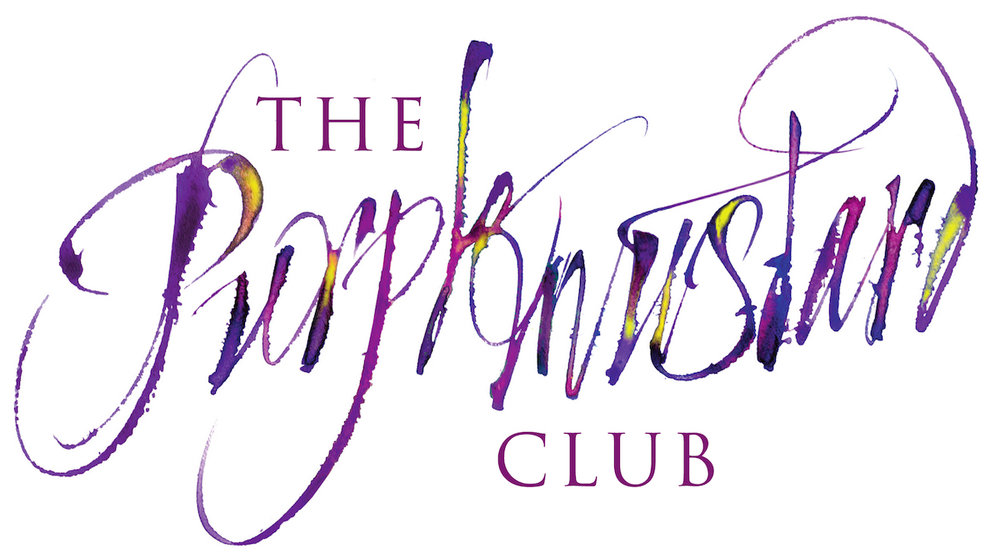The wall enclosing Clos St Jacques, Gevrey Chambertin
Thomas Jefferson and Clos St Jacques, Gevrey Chambertin
At a particularly high powered meeting in the White House, JFK is recorded as saying to the room, that the only time when the assembled intellectual capacity of the White House was greater, was when Thomas Jefferson was working there alone!
In the Paris of 1784, Jefferson found a city free of puritanical inhibitions, and his open and enquiring mind, responded with enthusiasm:
''A more benevolent people, I have never known…..nor greater warmth & devotedness in their select friendships. Their kindness and accommodation to strangers is unparalleled, and the hospitality of Paris is beyond anything I had conceived to be practicable in a large city.’'
''Here we have singing, dancing, laughter, and merriment,'' he wrote in 1786. ''When our king goes out, they fall down and kiss the earth where he has trodden; and then they go on kissing one another. They have as much happiness in one year as an Englishman in ten.’’
Can the same be said about Paris (and London) today? While the circulation was returning to the fingers of Donald Trump’s right hand, his thoughts were perhaps less benevolent than those of his cultured and illustrious predecessor!
It is probably fair to say, that England has moved on a bit in the intervening years, but Jefferson’s sentiments still strike a chord with those of us who have set up homes or businesses here in France.
St Jacques (St James)
The remains of St Jacques, the brother of John the Baptist, were supposedly found at Santiago in Northern Spain in the 9c. From that time on, a number of routes through France, leading to Santiago, were regularly frequented by pilgrims, and became known as the ‘Camino Ways’, or the ‘Ways of St James’. He became the patron Saint of pilgrims, and many places were named after him. The St James region of Central London was so named after a leper colony was created in the area that is now known as St James Park, and dedicated to the Saint, in about the 12c. Now it is the main view of the British Royal Family as they stand on the balcony, or look east out of the windows in Buckingham Palace. Gevrey Chambertin is on one of the Caminon Ways that heads south through Reims, Chalon, Langres, Dijon, and then Gevrey to Cluny, before veering south-west towards the Pyrenees. Three vineyards in Gevrey are named after the Saint, the most famous of which is the magnificent Clos St Jacques.
Dijon
In March 1787 Jefferson set off on a tour of France. He travelled to Dijon, Burgundy (now a mere 1.5 hours by TGV from Paris). He remarked on the good price of Vosne wine at the tavern where he was staying, and on the “best round potatoes” he had ever seen (you can still buy great potatoes and just about every other edible matter in Dijon’s famous market!) He viewed the sights of Dijon, the capital of Burgundy, the historical town mansions, and half timbered houses, and the magnificent 12C church of Notre Dame de Dijon - all of these are unchanged today. He paid to see the Hôtel de Ville (City Hall), the former Palace of the Dukes of Burgundy, now home to the Musee des Beaux Arts (access to which is now without charge - possibly the only thing that is less expensive now than in 1787!)
One of Jefferson’s favoured wines was Chambertin, and when he became the third President in 1801, he ordered 120 bottles for the White House cellars. While in Gevrey (then known as Gevrey en Montagne) he took the time to prepare a sketch of the impressive wall that encloses the southern side of the vineyard Clos St Jacques. The wall must have looked as powerful then as it does today.
In these pre-Revolutionary days, the most important vineyards in Burgundy were still owned by the monasteries - as they had been for the previous 1,000 years. Jefferson writes that, “Vougeot is the property of the monks of Citeaux, and produces about 200 pieces” (about 50,000 bottles).
Clos de Vougeot remained in the monks care until the land was taken from them and sold off to a new class of post Revolutionary landowner. The new proprietors may perhaps have wondered whether the phylloxera epidemic of the 19C was a divine retribution for dispossessing the holy men of their treasured vines! Is the wine better now than it was then? Who can say? However what is for sure, is that wine tourists would not have endured the depressing sight of vast quantities of synthetic (and poisonous) treatments being sprayed on the vines in the name of progress.
Jefferson’s love of wine began in Virginia, was nurtured in Europe, and became a life-long passion. One of his favourite wine areas was Burgundy. His observations and remarks about the Burgundy landscape and the wines, their character and ‘terroir’, are as true today as when he took pen to paper all those years ago.
So 230 years later, what has changed? Paris is still arguably the world’s most famous destination for lovers and free thinking liberals. Burgundy is still producing the world’s most famous and expensive wines for Presidents and others with the good fortune to afford them; and the wall in Gevrey Chambertin enclosing Clos St Jacques is still admired by our guests from around the world - the more so when they hear of its illustrious former visitor! As they say in France: ‘Plus ça change - plus c’est la même chose’.

